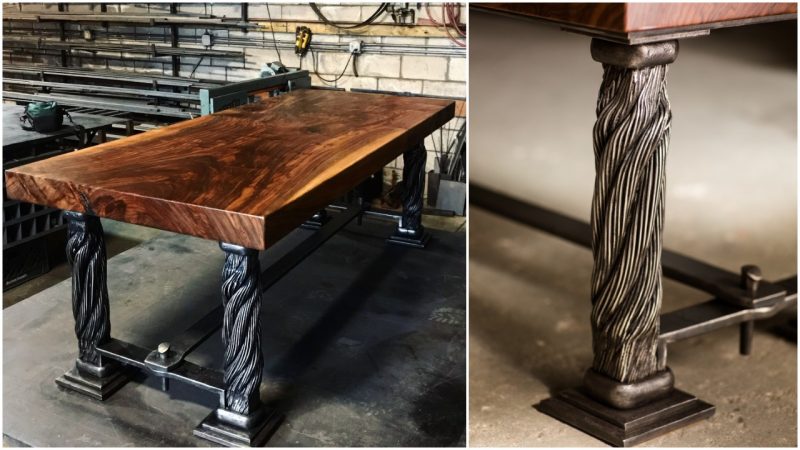Thanks to some great visionaries and the craftsmanship at Bushey Ironworks and Roundwood Furniture including Aaron and Jesse Bushey and Andy Cline, the historical suspension cables that held up the Golden Gate Bridge in San Francisco, California are being made into home décor items. In 2016, Tom Piatkowski purchased the discarded suspension cables from the 1976 renovation of the Golden Gate Bridge and started a small business selling mementos made from them.
He had spoken to his friends, Bob and Mary Zimmerman, successful biopharmaceutical drug developers, who jumped at the chance to join Tom’s venture and they were the drivers which took this idea beyond the souvenirs market. When Tom passed away a few months later, the Zimmermans decided to go all out to keep their friend’s dream alive and take this idea to the next level that we see today.
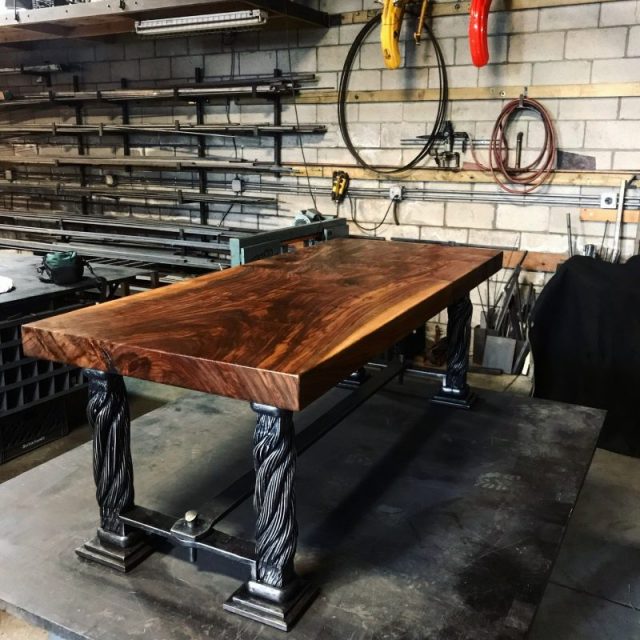
They quit their jobs and learned everything they could about working with steel to fashion one of a kind items from the old cables. They teamed up with the talented craftsmen mentioned above to create furniture, home accents and artwork, and they welcome custom design ideas according to their website, Strands of History. This company has been around since the 70s with the steel ropes (and company itself) changing hands at least five times.
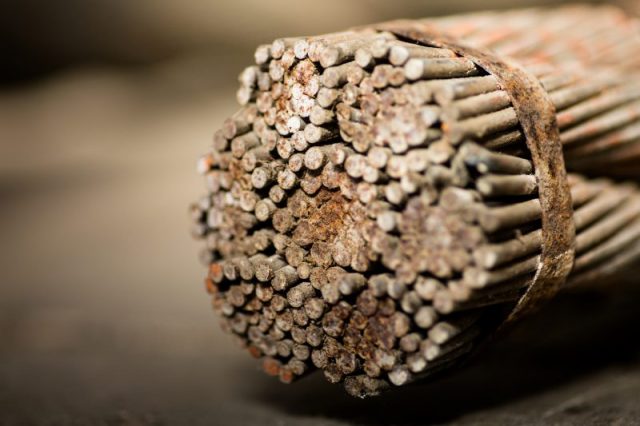
The suspension cables were made in 1935, in New Jersey by John A. Roebling’s Sons Company, and designed by Joseph B. Strauss, the Chief Engineer when the bridge was built.
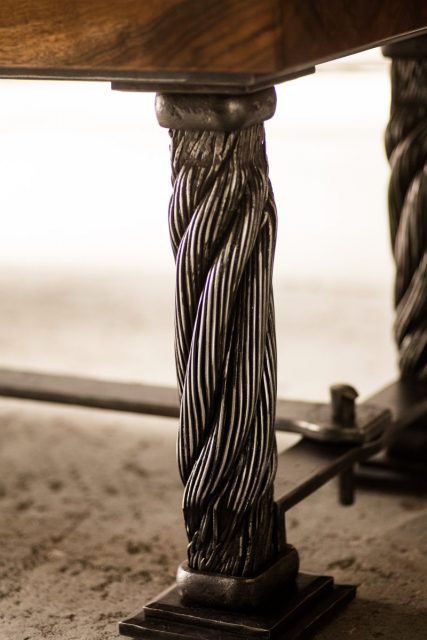
They are made of 229 individual steel wires divided into seven groups that are joined and twisted together and secured with a band. An 11-foot section weighs about 130 pounds. Check out a video below on how the Golden Gate bridge was constructed:
https://youtu.be/fdi8x0njNmw
The 1.7-mile bridge connects Marin County and San Francisco across the Golden Gate Strait. In 1919, cars were becoming more popular, and the citizens of Marin County were demanding a quick way to get to San Francisco.
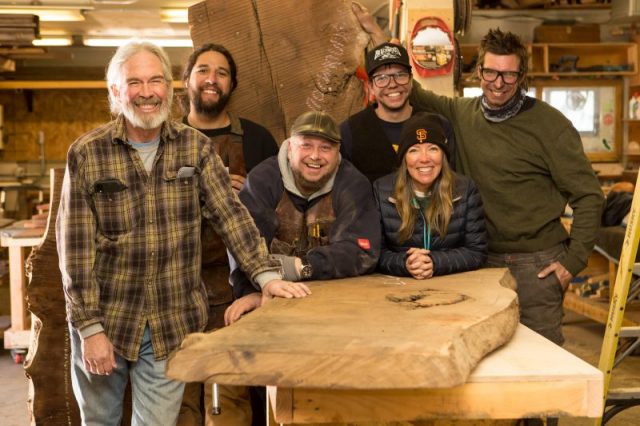
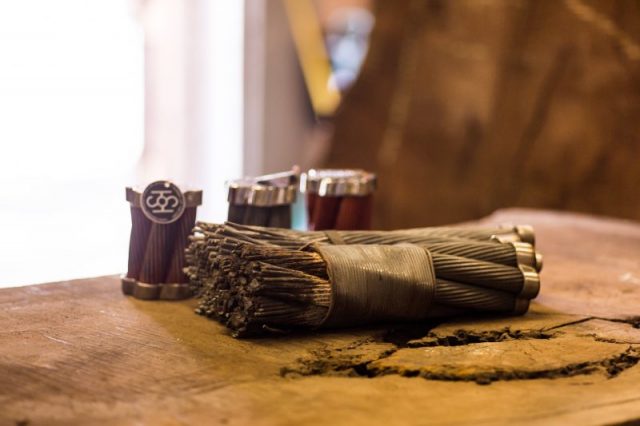
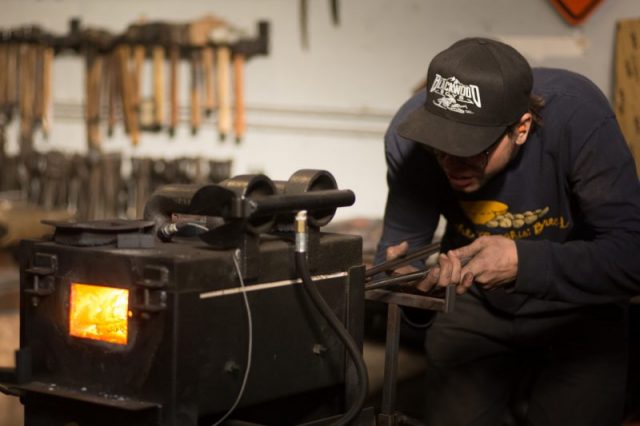
Joseph Strauss of Chicago, Illinois was tasked with designing a bridge that would serve that purpose at a cost that wouldn’t bankrupt the city.
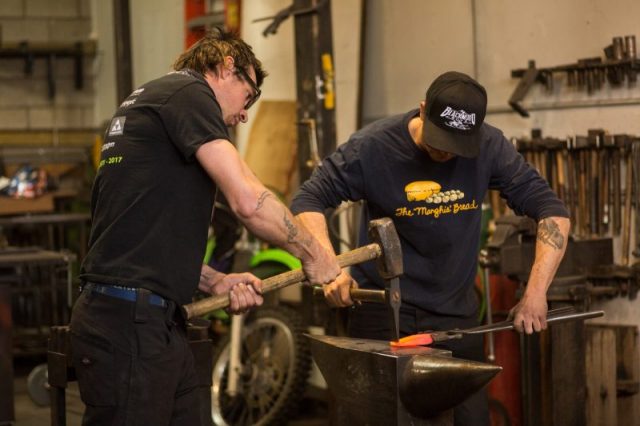
In May of 1923, the state passed the Golden Gate Bridge and Highway District Act of California to raise funds for construction.
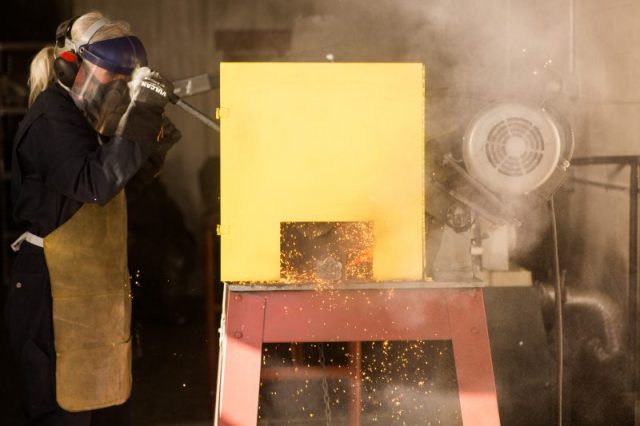
As usual with new and innovative construction projects, there were many who opposed the bridge. Lawsuits were filed because the bridge would detract from the beauty of the bay area and would not withstand a massive earthquake such as the one in 1906.
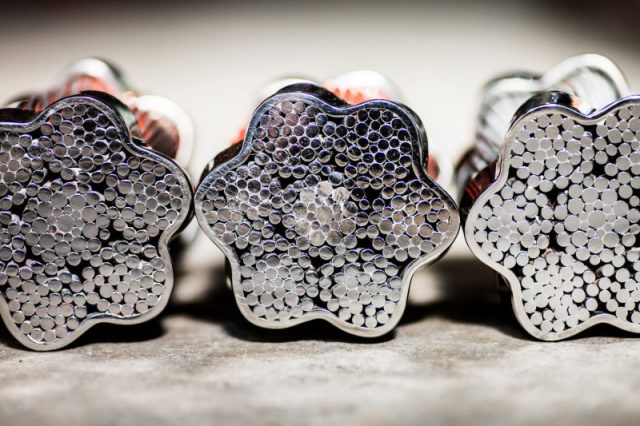
Years of litigation stalled the project during which time the original plans were updated to create a bridge that could withstand earth tremors and high winds.
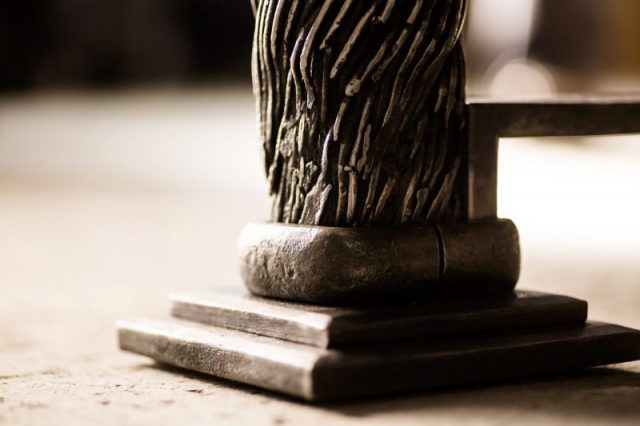
According to history.com, in 1930, the state of California issued $35 million in bonds to finance the construction. The Great Depression had recently begun, making it difficult to sell bonds, and the court proceedings had eaten up much of the money.
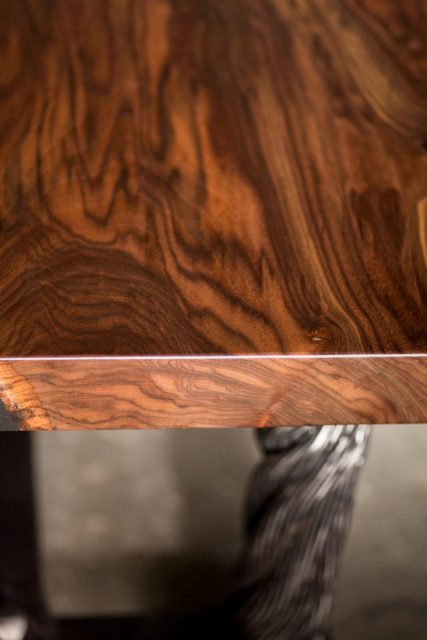
Finally, the Bank of America bought $6 million worth of bonds in 1932. In 1933 the project began, and men who were out of work lined up to be part of history.
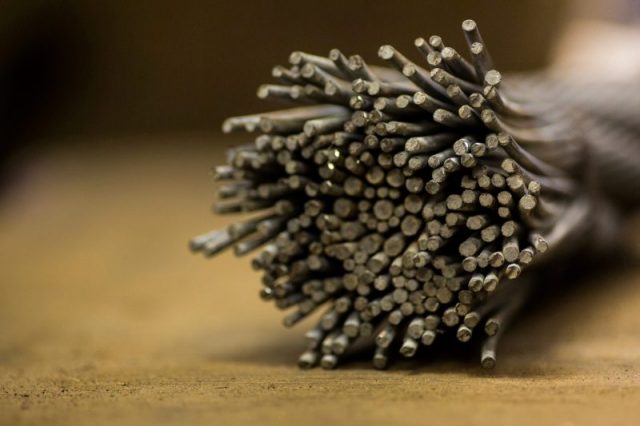
Three and a quarter million cubic feet of bedrock, mostly underwater, had to be removed before construction could start. The 746-foot tall towers on either side of the bridge were completed in 1935, and the Roeblings came in to do the construction of the suspension cables — using over 25,000 wires to complete each cable measuring 7,650.
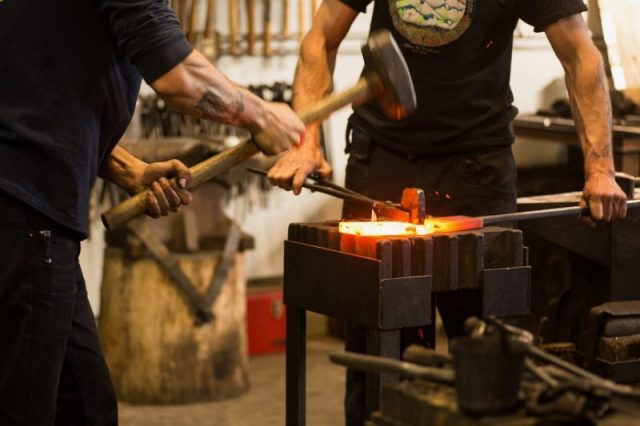
In 1937, the bridge was officially opened to traffic by President Franklin D. Roosevelt. Since the beginning, the bridge has withstood a heavy windstorm in 1951, an earthquake in 1971, and safety renovations over the years often paid for by tolls collected to cross the bridge. The bridge includes six lanes, and heavy equipment vehicles are not allowed.
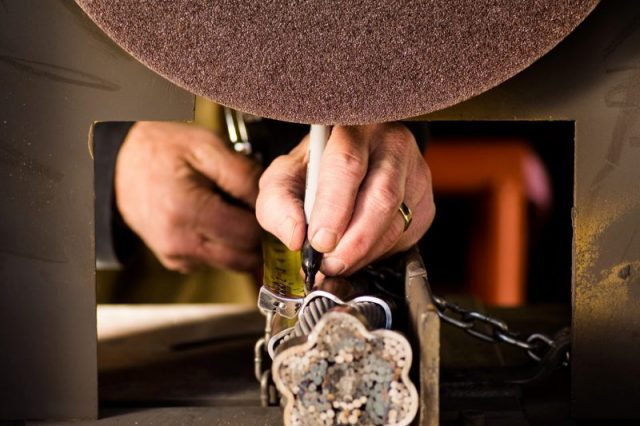
The toll was set at 50¢ in 1937 and rose gradually to $8 for a car in 2019. It was estimated that over 41,000 vehicles used the bridge in the fiscal year of 2016-2017, raising over $143,000 in revenue.
Read another story from us: The Amazing Construction of the Statue of Liberty in Photos
In 1937, the average number of vehicles per day was close to 6,000, raising revenue of about $3,120 according to the Golden Gate Bridge website. In 1994, the bridge was added to the seven wonders of civil engineering in the U.S. by the American Society of Civil Engineers.
